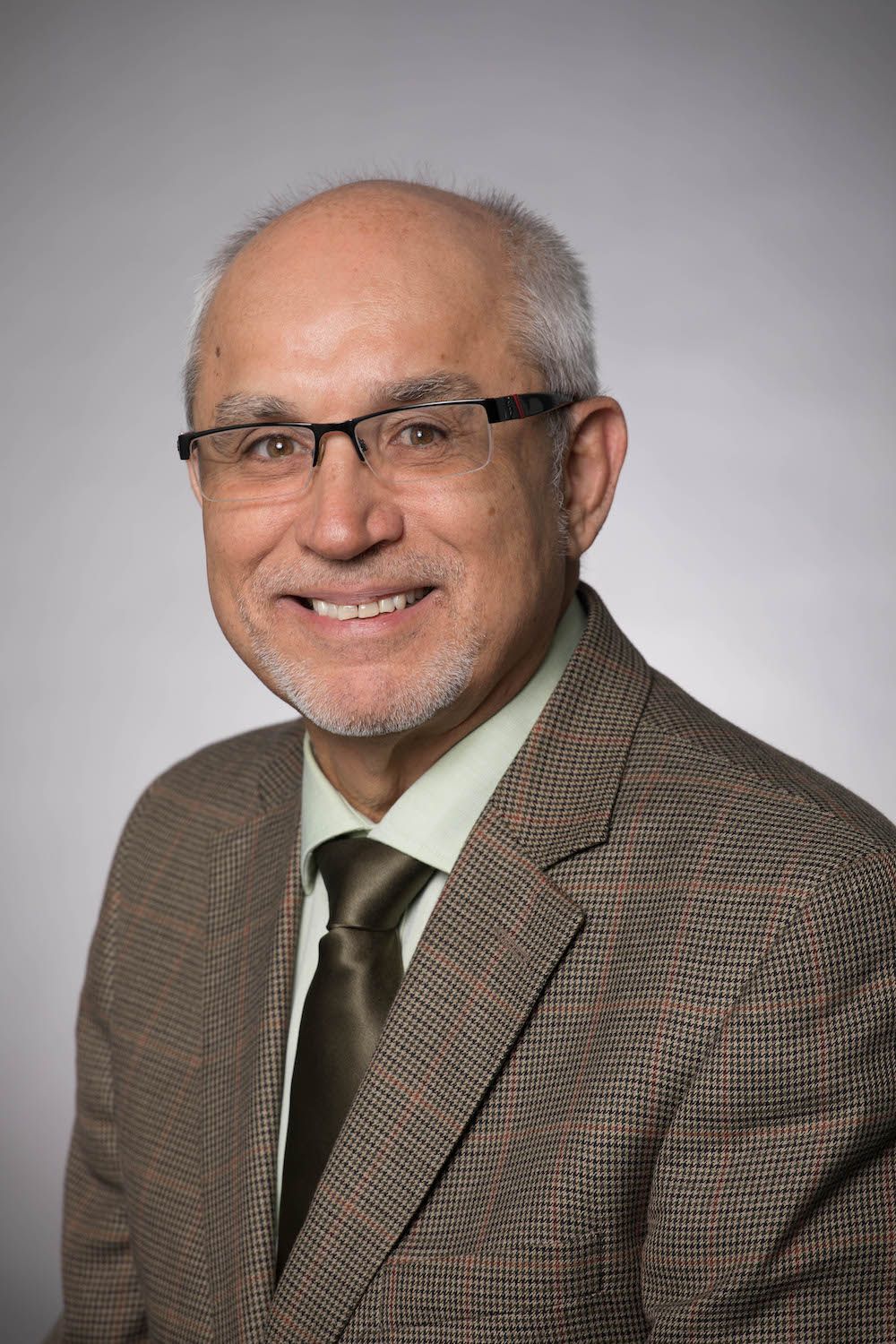How Recent Advances in Seismic Depth Imaging Can Enhance Prospect Identification and Appraisal
OR
About the Course
SEG members, view the course for free!
2018 SEG Honorary Lecturer Latin America. Seismic depth imaging has matured and become a powerful tool in petroleum exploration to accurately map complex structural frameworks. It has been used extensively in the frontier basin reconnaissance and exploration stages of the Exploration and Production (E&P) cycle.
Over the last few years, more accurate seismic imaging methods have emerged leading to increased resolution of velocity models and seismic images. High resolution velocity models and seismic images provide the key opportunity to enhance the accuracy and value of interpretation thereby extending their potential application in the appraisal and field development and production optimization stages of the E&P cycle.
So how is this high resolution achieved?
Velocity model resolution improvements are achieved by extracting the information content of the seismic amplitudes and phases, in addition to the traveltimes, using advanced methods such as full waveform inversion (FWI). FWI velocity models have a resolution beyond those obtained with traveltime tomography. However, accurate velocity models estimated with traveltime tomography are still required as initial velocity models for FWI.
High resolution velocity models (HRVM) can be leveraged to produce high resolution seismic images (HRSI) with advanced prestack depth migration (PreSDM) methods such as least squares prestack depth migration (LS PreSDM). Even higher seismic imaging resolution can be achieved by expanding the LS PreSDM to include attenuation compensation during imaging, that is, Q LS PreSDM. The Q LS PreSDM may use migration methods such as Kirchhoff, WEM (Wavefield Extrapolation Migration) or RTM (Reverse Time Migration).
Additional seismic imaging resolution improvements are possible through the use of diffraction imaging and imaging of primaries and multiples.
Diffraction imaging increases the lateral resolution of the seismic images. This is a valuable tool for the interpretation of unconformities, faults, limestone karts, voids, slump structures, fractures, pinchouts and salt flanks. These high resolution results can enhance the characterization of conventional and unconventional reservoirs.
Imaging of primaries and multiples improves the resolution by effectively mitigating subsurface illumination problems not addressed with primaries only, especially in complex geology settings like sub-salt, sub-basalt, foothills, thrust belts to mention a few.
It is important to recognize that all high resolution velocity model building and migration techniques incorporate different types of seismic anisotropy depending upon which one fits best with the seismic data acquisition geometries such as full, wide and narrow azimuth data and the geologic scenarios present in the areas of study.
Despite the significant advances in seismic imaging discussed above, there are still many challenges and opportunities in velocity and attenuation parameter estimation and migration. With the availability of more powerful high performance computing, there will be opportunities to move from acoustic to elastic and viscoelastic imaging approximations, in order to keep improving the seismic imaging resolution.
The application of high resolution seismic imaging may now be expanded from structural to stratigraphic imaging for appraisal and field development and production optimization to de-risk drilling. Ultimately, the ambition should be to apply high resolution imaging technology for reservoir imaging, in order to map rock properties, lithology types, fluid types and petroleum traps.
This suggested paradigm shift implies that geoscience and engineering should be integrated.
Your Instructor

Ruben D. Martinez is a Petroleum Geoscience Consultant and instructor with Reservoir Geoscience, LLC. He has been active in the seismic industry for more than 40 years.
Martinez was associated with Geophysical Service Inc. (GSI) as R&D Reservoir Geophysicist, Halliburton Geophysical Services (HGS) and Western Geophysical as Senior Research Geophysicist, AGI as director of Seismic Reservoir Characterization and Petroleum GeoServices (PGS) as Manager Signal Processing R&D, VP Processing R&D, VP Seismic Processing Technology, Global Chief Geophysicist I&E and Chief Geophysicist I&E NSA. His responsibilities in PGS included directing global R&D and software commercialization of processing and imaging technologies. As Chief Geophysicist, he was responsible for the supervision and quality assurance of depth imaging projects, customer liaison, the promotion of best practices and the commercialization and use of high-end technology.
Martinez is author and co-author of more than 70 technical papers published and/or presented at international conferences and 12 patents on seismic data acquisition, processing and imaging. He has also made numeroustechnical presentations at international conferences and has taught numerous courses and conducted seminars and workshops on seismic processing and imaging.
In 2005, he was invited to present the annual Milton B. Dobrin lecture at the University of Houston. He is currently an instructor of the Continuing Education Program of the Society of Exploration Geophysicists (SEG) and the European Association of Geoscientists and Engineers (EAGE). In 2018, he was the SEG Honorary Lecturer for the Latin American region. Also, he is currently a member of the SEG Board of Directors as Director at Large.
Martinez was the recipient of the 2014 Mexican Association of Exploration Geophysicists (AMGE) geophysics award for life-long achievements to geophysics.
He earned a BSc in Geophysics from the Instituto Politecnico Nacional (Mexico), MSc in Geophysics from the Colorado School of Mines and a PhD in Geosciences from the University of Texas at Dallas.
He is a member of the Society of Exploration Geophyscists (SEG), European Association of Geoscientists and Engineers (EAGE), Geophysical Society of Houston (GSH), American Association of Petroleum Geologists (AAPG) and Asociacion Mexicana de Geofisicos de Exploracion (AMGE).
